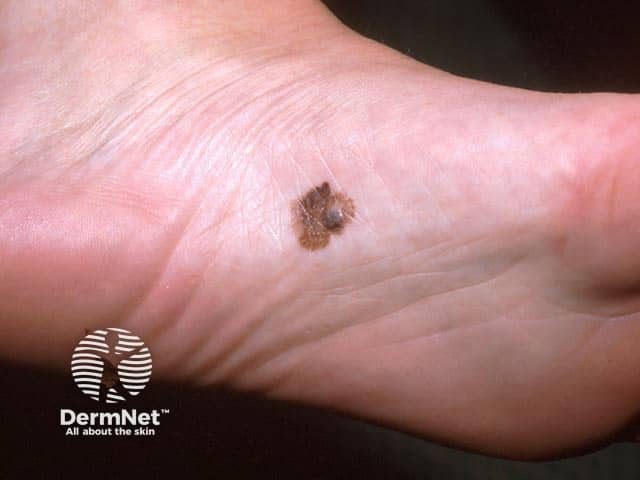
Skin Lesions: When to Worry – Melanoma on...
We are excited to see so many of you join our fall FMEP courses. Several...
0
Just a reminder… pay attention to the questions. Here are our general tips one more time:
1. Pay attention to the questions. Look carefully at how many items you are being asked to list. If the question asks for five items, you will not get more marks if you list eight items; the examiner will look at the first five and allocate marks only for the first five answers – so be careful. On a SAMP, if it is not clearly stated how many items you should list, look at the amount of points/marks being allocated for the question to get an idea of how many answers the examiner may be anticipating you write down.
2. Do not write lengthy answers. Most questions can be answered in 10 words or less!
3. Be specific when writing down investigations (hemoglobin instead of CBC; CT abdomen instead of CT).
4. Remember that trade names and generic names are both acceptable when writing down medications.
5. For more helpful tips, you can refer to CCFP’s SAMP instructions by clicking here.
SAMP
Mr. Awouch is a 47 year old male who comes to your office with severe pain in his big toe for the past two days. He had a tonsillectomy in his childhood. He is taking Vitamin D 2000 IU per day. He denies any fever or history of trauma. On examination, his right big toe is erythematous and swollen. It is tender to palpate. (11 points)
1. What is gout? (1 point)
2. List three classes of hypertensive medications that can increase the risk of gout. (3 points)
3. True or false: Serum urate measurement has a limited role in the diagnosis of gout. (1 point)
4. What are three first-line therapies for acute gout? (3 points)
5. What are two indications for urate-lowering therapy in the setting of gout? (2 points)
6. True or false: Sodium-glucose transport protein 2 inhibitors lower serum urate concentrations. (1 point)
Helpful CFP Resources:
https://www.cfp.ca/content/cfp/55/12/1209.full.pdf
https://www.cfp.ca/content/66/9/671